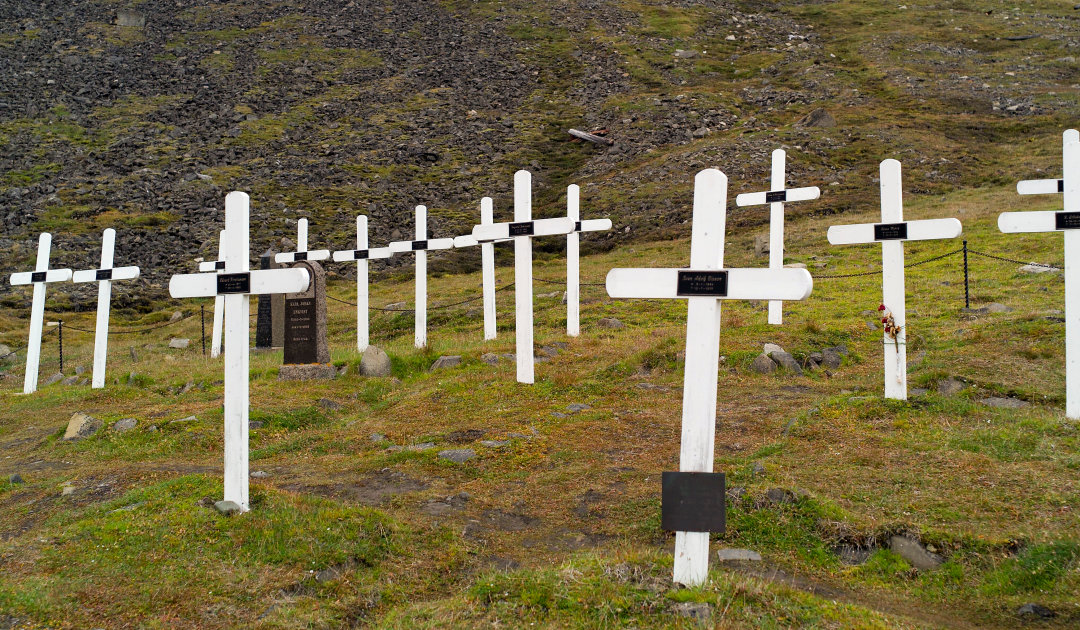
For years, the rumour and anecdote that one must not die on Svalbard has persisted. This is complete nonsense, of course. In Longyearbyen, a cemetery existed until 2017, which was first used from 1918 to 1950. After that, the deceased were taken to the mainland and buried there. Later the possibility of an urn burial was added until the cemetery was closed in 2017. Now a new cemetery is to be built at a new location, closer to the church, and will be ready in 2022.
As the local newspaper Svalbardposten reports, the Church Council has submitted a corresponding application to the Ministry of Justice and Emergency Preparedness, which is responsible for matters on Svalbard. The plan is to build a new cemetery for urn burials just north of the church and to be able to operate it from 2022. As various approvals and permits still have to be carried out, a decision is not expected until next year.
The old cemetery, which had been laid out a few hundred meters south of the church, was closed in 2017 because the danger of landslides was considered too high for regular operation. Now the new place is to take account of this danger, which is also enforced by climate change. Between the church and the administrative building of the Sysselmannen, the new cemetery is to be built, as Svalbardposten continues. It is intended to be available for deceased persons who were officially registered residents of Svalbard at the time of their passing, and should save the long journey to the Norwegian mainland for the relatives. However, it is not possible to do without this completely, since only urn graves are available. Coffin burials are still only legally permitted on the mainland.

In the old cemetery the graves, which were erected between 1918 and 1950, are cultural heritage and must not be moved. Therefore the old cemetery will remain in place even after the opening of the new one, if it is approved. In the graves of the old cemetery lie, among others, the victims of the Spanish flu of 1918, who were buried in a separate row. The fear that the pathogen survived in the permafrost ground of Svalbard has been proven unfounded by scientific studies. According to the newspaper, the newer urn graves are to be transferred to the new cemetery, if this is desired.
Dr Michael Wenger, PolarJournal







